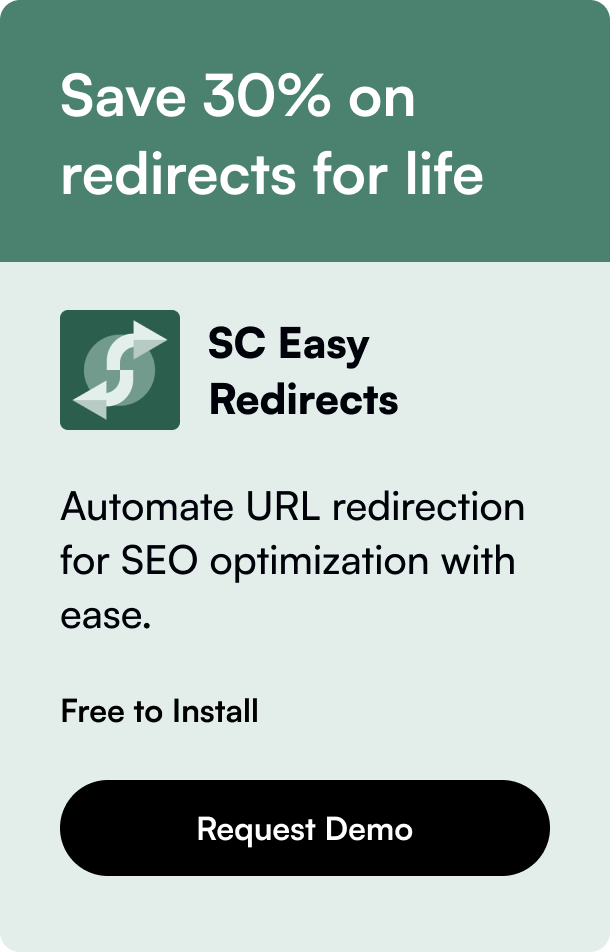Table of Contents
- Introduction
- Understanding Dropshipping
- Establish Your Niche
- Partnering with Reliable Suppliers
- Building Your Online Store
- Marketing Your Products
- Customer Service and Retention
- FAQ Section
Introduction
Are you ready to dive into the world of e-commerce with your very own Shopify dropshipping business? With the rise of online shopping, the dropshipping model has exploded in popularity, offering a lucrative opportunity for aspiring entrepreneurs. But where do you begin? Starting a successful Shopify dropshipping business involves several critical steps, from selecting your niche to effectively marketing your products. In this article, we'll provide you with a detailed roadmap to help you navigate through the process. Whether you're a complete beginner or looking to refine your current strategy, this guide will give you clarity, practical tips, and unique insights to ensure that your venture stands out in the crowded digital marketplace.
Understanding Dropshipping
Dropshipping is a business model that allows you to sell products online without holding inventory. When a customer makes a purchase, you buy the product from a third-party supplier who ships it directly to the customer's doorstep. Your profit lies in the difference between the product's wholesale price and the price you sell it for.
The Benefits of Shopify for Dropshipping
Shopify simplifies the dropshipping process with its user-friendly interface and wealth of plugins. With tools designed for inventory management, payment processing, and customer engagement, even those new to e-commerce can set up an online store with ease.
Establish Your Niche
To begin, pinpoint a niche that aligns with your interests or expertise. A niche market is a specific, segmented group where you cater to particular customer needs. This focused strategy can help differentiate your store from competitors. For instance, rather than dropshipping general electronics, you might focus on high-end audio equipment for audiophiles.
Market Research and Competitor Analysis
A successful dropshipping business stems from careful market research and an understanding of your competition. Utilize tools like Google Trends and Keyword Planner to gauge customer demand and explore what other stores are offering. This insight can reveal gaps in the market that your business might fill.
Partnering with Reliable Suppliers
Selecting a trustworthy supplier is crucial. Your supplier's reliability directly impacts your store's reputation. Network with potential suppliers through dropshipping directories, trade shows, or online communities. Pay attention to factors like product quality, fulfillment speed, and communication when choosing your business partners.
Dropshipping Apps and Shopify Integration
Shopify's App Store is rich with dropshipping apps that streamline product importation and order fulfillment. Apps like DSers or Oberlo can help you connect with suppliers, importing their products directly into your Shopify store and automating many parts of the process.
Building Your Online Store
A critical phase in how to start Shopify dropshipping involves the actual construction of your online storefront:
- Use Shopify's plethora of themes to create an attractive, easy-to-navigate store.
- Customize your shop to reflect your brand, integrating your logo and using color schemes and imagery that resonate with your target audience.
- Write compelling product descriptions and utilize high-quality photos to showcase your offerings.
- Implement various forms of payment and ensure checkout is optimized for user experience.
Marketing Your Products
Now, how do you reach and retain customers? This is where your marketing skills come into play.
Leveraging Social Media
Develop a solid social media strategy utilizing platforms where your target audience is most active. Create content that educates, entertains, and engages potential customers, leading them to your store.
Content Marketing and SEO
Blogging can attract organic traffic through search engine optimization (SEO). Share content relevant to your niche that informs your audience, and incorporate keywords in a balanced way to boost your store's visibility in search results.
Email Marketing
Build an email list to nurture leads. Send out regular newsletters with product updates, promotions, and valuable content. This keeps your brand top of mind and encourages repeat purchases.
Customer Service and Retention
Providing excellent customer service is paramount:
- Respond promptly to inquiries or issues.
- Implement an efficient return policy.
- Use customer feedback to improve your service and offerings.
Seek Customer Reviews
Encourage your customers to leave reviews. Positive feedback enhances your store's credibility and can significantly persuade potential buyers.
FAQ Section
Q: How much capital do I need to start a Shopify dropshipping store? A: Start-up costs for Shopify dropshipping are relatively low. Apart from your Shopify subscription, your primary investment will be in marketing and purchasing a domain name.
Q: Can I run a successful dropshipping store without prior experience? A: Absolutely! Shopify's user-friendly system and abundance of learning resources make it feasible for novices to start and run a successful store.
Q: How do I handle returns in dropshipping? A: Establish a clear return policy and communicate it to your customers. Manage returns on a case-by-case basis with your suppliers, depending on their policies.
In conclusion, with the right strategy and dedication, Shopify dropshipping can be a profitable e-commerce business model. Follow this roadmap, stay updated with market trends, and continuously learn and adapt to the ever-changing digital world, and you'll be well on your way toward building a thriving online store.









